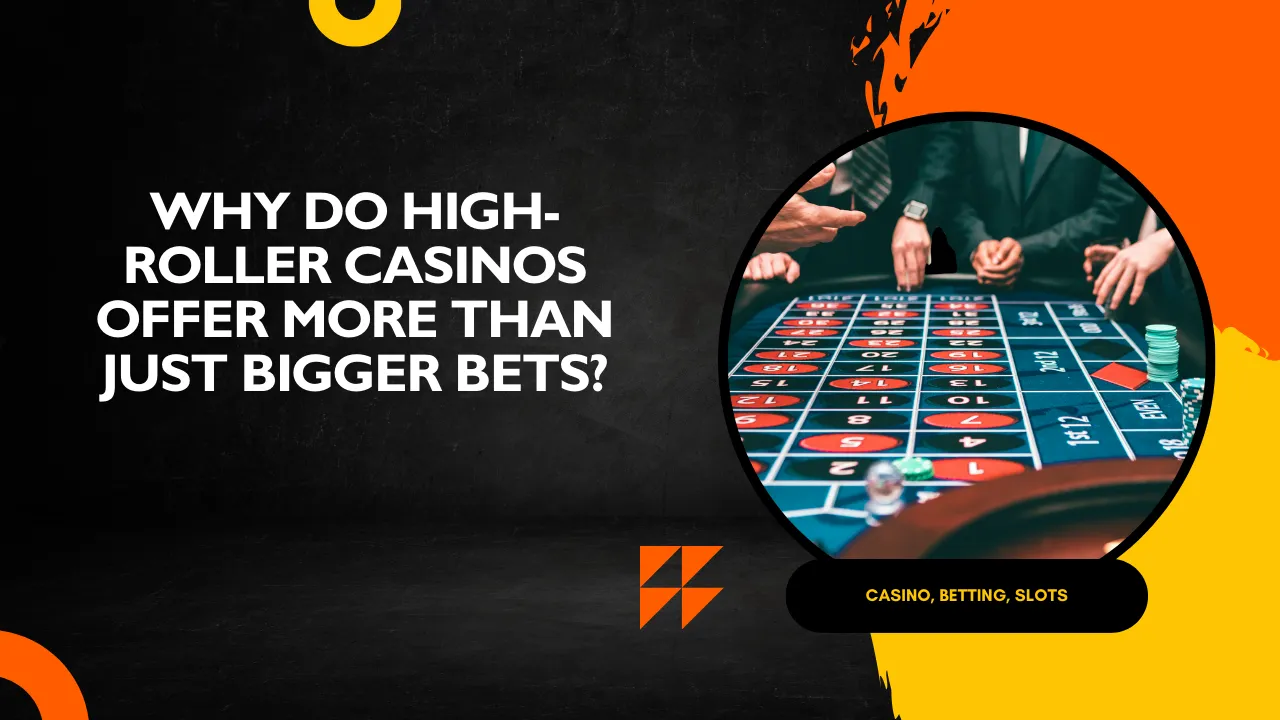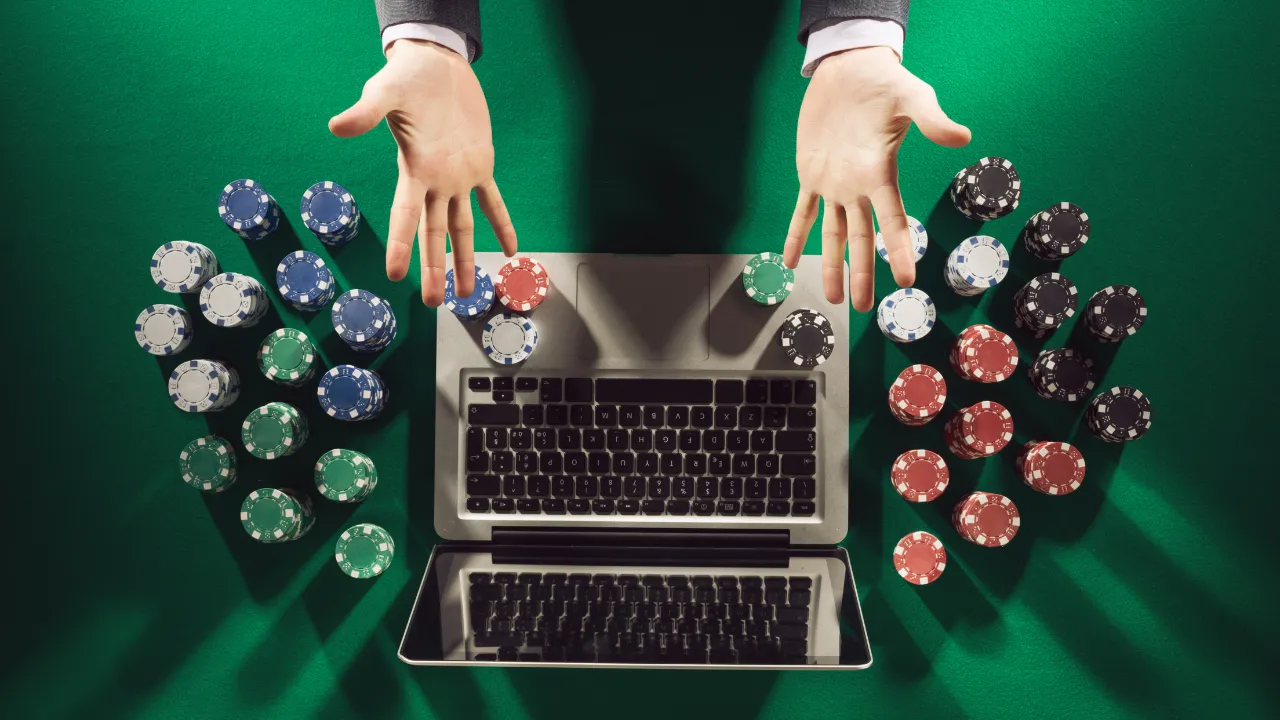The first time I triggered a “fire spin” (some studios brand them as Blazing Spins, Flame Respins, Ember Rounds, etc.) I assumed it was just a visual skin slapped onto ordinary free spins. Then the reels locked, stacked symbols heated up, and secondary meters began to climb toward a screen-filling bonus. That session reshaped how I evaluate promotional language in modern slot design. Fire spins are not merely pyrotechnic flair: they’re a structural on-ramp that can chain into what developers market as “mega features” (super free spins, hold-and-win jackpots, expanding reel grids, multi-stage pick rounds). In this deep dive I’ll unpack how and why fire spins act as ignition phases, what mathematical levers they pull, and how players can approach them with informed expectations. I’ll also touch on ecosystem differences you’ll meet when sampling titles across non GamStop casinos versus tightly regulated mainstream platforms.
What Exactly Are “Fire Spins”?
Although naming conventions vary, most fire spin packages share three pillars: (1) a trigger condition separate from the standard scatter trio (e.g., landing a defined count of “ember” symbols, filling a heat meter through consecutive non-losing spins, or randomly activating via a teaser seed in the RNG cycle), (2) a transitional reel state—often sticky or upgraded symbols, and (3) an escalator path leading into a second-tier mode (the mega feature). You can think of fire spins as a conversion layer: they sit between base game monotony and the premium reward cycle, giving developers a midway excitement spike without diluting the rarity of the top bonus.
Design Goals Behind Fire Spin Phases
From a studio perspective, fire spins solve a pacing problem. Traditional free spins have diminishing novelty if they remain the only mid-session adrenaline hit. By inserting an intermediate state, designers smooth reward variance and raise perceived hit frequency while keeping the underlying Return to Player (RTP) intact. Psychologically, players experience more “events,” which sustains engagement. Mathematically, the designers redistribute a portion of base-game expected value into the ignition phase without altering long-term RTP: the mega feature may become marginally harder to reach directly, but the blended path (base → fire → mega) feels more narrative and purposeful.
Typical Mechanics Inside a Fire Spin Cycle
During fire spins, several levers can turn:
Symbol Persistence: Ember, flame, or orb icons lock in place, increasing weighted probability that a threshold (like 6+ money symbols) will be met for entry to a hold-and-win matrix.
Meter Accumulation: Each locked symbol adds “heat” to a side meter; filling the meter either (a) upgrades existing symbols (e.g., +1x multipliers), (b) adds extra rows, or (c) converts low-paying icons into wilds.
Respin Safety Net: A counter (often 3) resets to full whenever a new qualifying symbol lands—identical to classic “money respin” formats, but skinned with fire theming.
Upgrade Tokens: Some designs drop special fuel tokens that, when collected, unlock mega modifiers: global multiplier, expanding reels, or symbol fusion (adjacent values combined).
Termination Condition: Fire spins end when (a) no new symbols land for X consecutive respins, (b) the grid maxes out (triggering a “full screen multiplier” or fixed jackpot), or (c) a guaranteed transition threshold is reached.
The Mega Feature: What “Ignites”
If ignition succeeds, you pivot into a higher-yield state. Examples:
Super Free Spins: All wild upgrades achieved during fire spins persist for a fixed number of free spins, often with a progressive win multiplier.
Hold-and-Win Jackpot Board: Locked fire symbols migrate into a dedicated board where bronze, silver, gold, and grand prizes can now appear layered atop base cash values.
Reel Expansion Mode: Additional columns or rows (earned via heat thresholds) remain active, permanently boosting ways-to-win during the ensuing free spin batch.
Persistent Multipliers: Multiplier chips collected during fire spins stack (additive or multiplicative) and apply to every subsequent feature win, compounding potential.
How Volatility Shifts Across Phases
Fire spins typically reside in a medium volatility envelope relative to the high volatility of the ensuing mega feature. The ignition phase offers numerous small to mid-tier pickups (e.g., 5–20x stake aggregate) with a conditional escalator into far larger exposures (100x+). This layering allows studios to engineer “volatility ramping”: early low-risk engagement, escalating tension, then a burst of high-risk, high-reward outcomes. For bankroll management, recognize that many sessions will terminate in sub-mega results; budgeting should assume the mega feature is infrequent, with fire spins delivering consolation EV rather than guaranteed profit.
RTP Allocation and Balance Considerations
Developers apportion a slice of total RTP to:
Base Game Line/Way Hits
Ignition (fire spin) mini-wins + feature entry probability
Mega Feature Payout Distribution (long right tail)
Shifting too much EV into ignition makes the mega feature underwhelming when finally reached; too little, and ignition feels like a tease. Well-balanced titles keep ignition contributing engagement value (frequency, audiovisual drama) and modest financial value, preserving mega feature “wow” potential.
Symbol Economics and Weighting
Random Number Generators map symbol stops to virtual reel strips. Fire-related symbols are usually low-frequency but may have dynamic weighting once the ignition phase starts (e.g., a hidden table that increases flame symbol appearance rate after two spins without progress—still within certified randomness, but pre-authored distribution tiers). Understanding that weighting exists conceptually—even if not disclosed—helps explain streaky feeling sequences without resorting to rigging assumptions.
Player Strategy: Practical Approaches
Because outcomes remain random, “strategy” focuses on session structuring and information use rather than altering probabilities:
Bankroll Segmentation: Allocate a distinct portion purely for chasing ignition + mega conversions. For example, if your session budget is 200 units, earmark 60 for exploratory sampling (testing ignition frequency across titles) and 140 for sustained play on the most consistent ignition performer.
Data Logging: Note average spins to first ignition across several trials. A title showing ignition every ~70 spins versus another at ~140 might better align with your risk tolerance, even if their published RTPs are identical.
Volatility Match: If you prefer smoother graphs, pick versions where fire spins award incremental coin wins alongside symbol locks; high-volatility variants often yield many zero-win fire spins that either escalate dramatically or fizzle.
Exit Rules: Set a pre-agreed threshold: “If two ignitions in a row fail to escalate to mega and net loss exceeds 50% of session budget, stop.” This curbs chase behavior induced by “near miss” psychology when meters end one symbol short.
Audio-Visual Reinforcement and Player Psychology
Flame animations, crackling soundscapes, and progressive heat meters exploit salience and goal-gradient effects. The closer the meter appears to full, the faster players spin (goal-gradient). Designers time intensifying sound loops to the final 10–15% of progress, elevating arousal and reducing perceived waiting cost. Being conscious of these cues helps maintain rational pacing.
Comparison Across Platform Types
Playing fire spin titles at conventional regulated sites versus more loosely curated lobbies (including those you might see discussed around non GamStop contexts) yields differences in:
Disclosure Quality: Regulated platforms often list volatility, feature frequency estimates, and hit rates; others may provide only RTP. Transparency aids expectation management.
Version Fragmentation: Some titles exist in multiple RTP configurations (e.g., 96.2%, 94%, 92%). Ignition frequency can be tuned separately from payout weighting, meaning a “livelier” ignition does not necessarily imply higher long-term return—verify version info in the help file.
Promotional Overlays: Fire spin-based missions (e.g., “Trigger 5 fire spin rounds today for a cash drop”) alter short-term EV by adding external rewards. Factor promo value when choosing which game to grind.
Common Misconceptions
“If I’m one symbol short three times, the next ignition is due.” RNG independence means no memory; perceived clustering is normal variance.
“Higher ignition frequency equals lower mega potential.” Not always; designers can lower average fire spin payout while leaving mega distribution unchanged, keeping overall RTP constant.
“Stopping the reels early influences fire symbol landing.” Manual stop keys usually terminate animations after the RNG outcome has already been locked in at spin initiation.
Responsible Play and Session Hygiene
Ignition phases can blur time perception thanks to rapid respins. Use:
Time Anchors: Set a real-world timer; pause after any mega feature regardless of result.
Win Ledger: Write down largest ignition and mega wins; this concrete record counters distorted memory that fuels chasing.
Loss Caps: Hard stop at a predetermined percentage of bankroll depletion—even if you just “feel” the next ignition will escalate.
Future Trends: Where Fire Spins Are Headed
Expect hybridization: networked progressive “heat meters” across pooled players, collaborative ignition (community collects flames to unlock a shared mega board), and cross-channel continuity (earn partial heat in mobile quick sessions, finish ignition later on desktop). We’ll likely also see machine learning-driven personalization, adjusting cosmetically (not mathematically) how ignition progress is presented to align with player pacing preferences.
Final Thoughts
Fire spins succeed because they narrativize variance. They transform what would otherwise be a binary base→bonus jump into a layered ascent with intermediate wins, visual build-up, and tension arcs. Can fire spins ignite mega features? Absolutely—that’s their raison d’être—but they do so within a probabilistic framework that still honors house edge mathematics. Approach them as entertainment phases, manage expectations with data-minded bankroll discipline, and you’ll extract maximum enjoyment (and occasional explosive payouts) without falling for cognitive traps.










